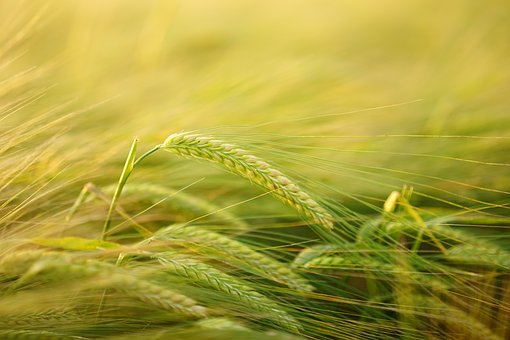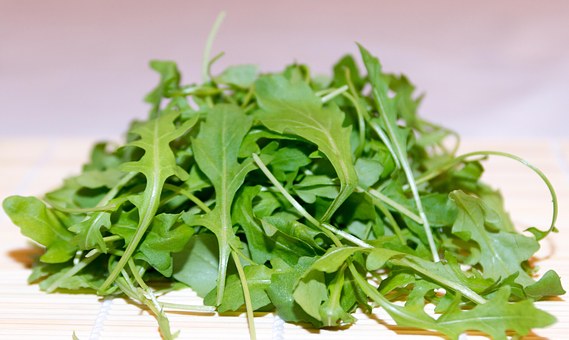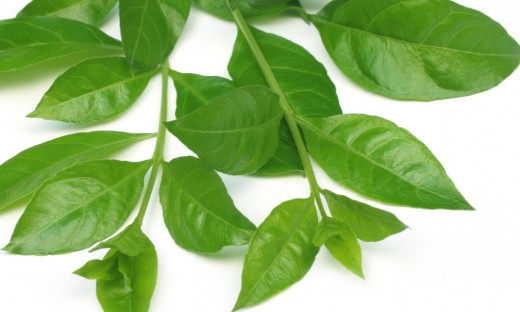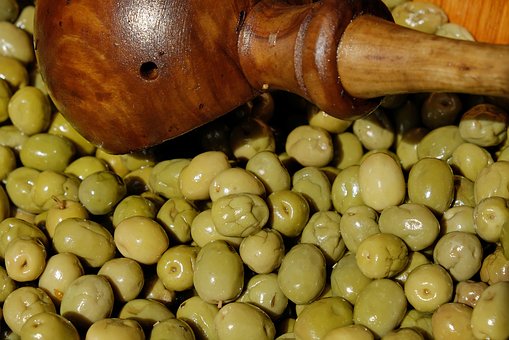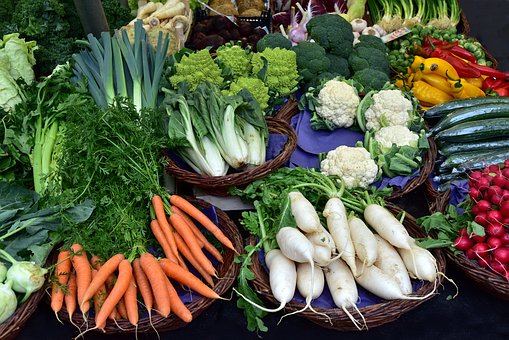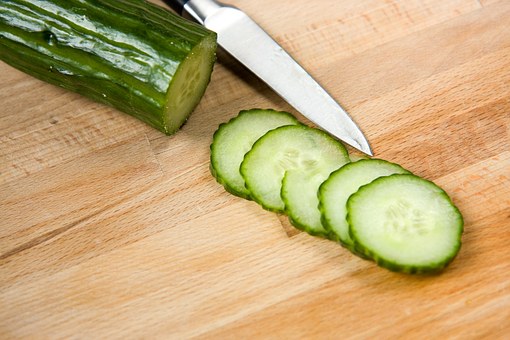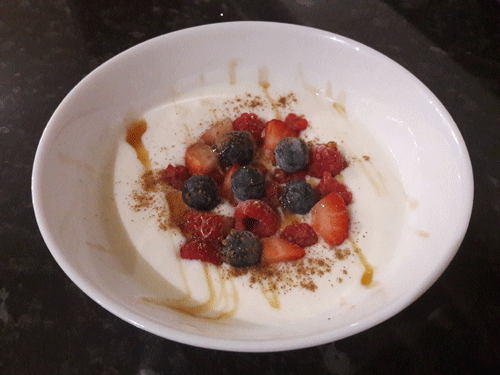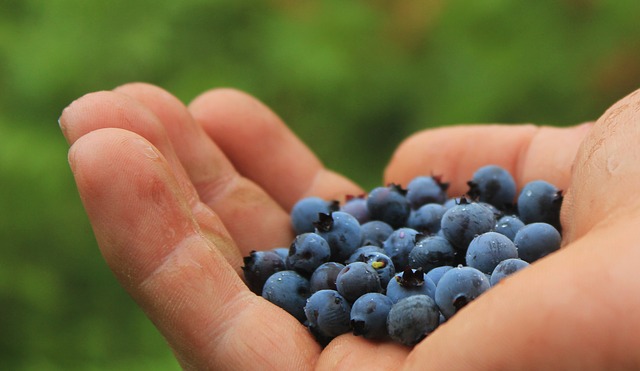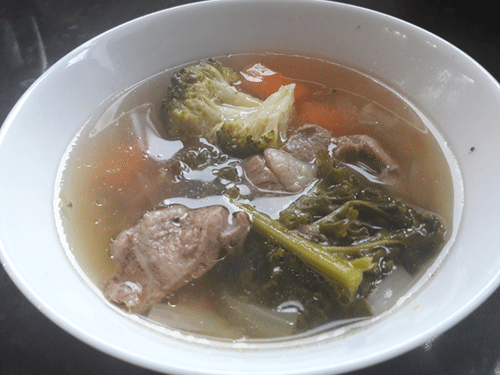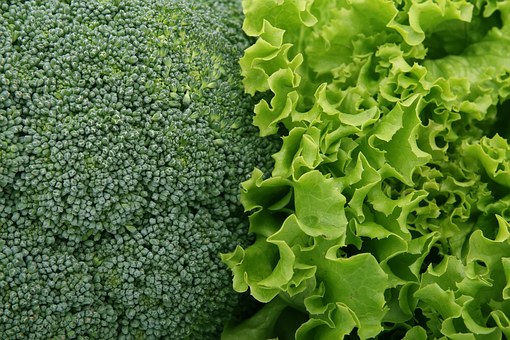Lycium Barbarum Inhibits Growth of Estrogen Receptor Positive Human Breast Cancer Cells by Favorably Altering Estradiol Metabolism
© Authored by PubMed
© HealthyMuslim. See Terms and Conditions
Copy Link
Email
Print

Goji berries (Lycium barbarum, wolfberry) grow on an evergreen shrub found in temperate and subtropical regions in China, Mongolia and in the Himalayas in Tibet. They are in the nightshade (Solonaceae) family. Goji berries are usually found dried. They are shriveled red berries that look like red raisins. Goji berries are rich in antioxidants, particularly carotenoids such as Beta-carotene and zeaxanthin. One of zeaxanthin's key roles is to protect the retina of the eye by absorbing blue light and acting as an antioxidant. Goji berries have been used for 6,000 years by herbalists in China, Tibet and India to: protect the liver, help eyesight, improve sexual function and fertility, strengthen the legs, boost immune function, improve circulation, and to promote longevity.
Li G, Sepkovic DW, Bradlow HL, Telang NT, Wong GY. Lycium barbarum inhibits growth of estrogen receptor positive human breast cancer cells by favorably altering estradiol metabolism. 1. Nutr cancer. 2009;61(3):408-14.
Li G, Sepkovic DW, Bradlow HL, Telang NT, Wong GY. Lycium barbarum inhibits growth of estrogen receptor positive human breast cancer cells by favorably altering estradiol metabolism. 1. Nutr cancer. 2009;61(3):408-14.
Selective estrogen receptor modulators represent accepted therapy for estrogen receptor positive (ER+) breast cancer, exhibit adverse side effects, and reduce patient compliance. The use of phytoestrogen containing herbal medicines is limited because of efficacy and safety concerns. The ER+ MCF-7 model examined growth inhibitory effects of the medicinal herb Lycium barbarum (LB) and identified mechanistic leads for its efficacy. The MCF-7 cells maintained in 0.7% serum (17beta-estradiol, E2 < 1 nM) exhibited 11%-87% increased growth after treatment with 1nM to 20 nM E2. Growth promotion with 20 nM E2 exhibited 5.2-fold increased estrone (E1), 35.7% increased 2-hydroxyestrone (2-OHE1), 15.4% increased 16alpha-hydroxyestrone (16alpha-OHE1), and eightfold increased estriol (E3) formation. Treatment of E2 stimulated cells with LB exhibited a dose-dependent growth inhibition of 9.5%-42.8% at Day 3 and 33.9%-83.9% at Day 7. The 3-day inhibitory response to 1% LB (maximum cytostatic concentration) exhibited 84.8% increased E1, 3.6-fold increased 2-OHE1, 33.3% decreased 16alpha-OHE1, and 9.2-fold increased E3 formation. Thus, MCF-7 cells retain their mitogenic and metabolic response to E2 and LB downregulates E2-stimulated growth via the formation of antiproliferative 2-OHE1 and accelerated conversion of mitogenic 16alpha-OHE1 to antimitogenic E3.
Link to this article: Show: HTML Link • Full Link • Short Link
Share or Bookmark this page: You will need to have an account with the selected service in order to post links or bookmark this page.





|
Related Articles:
- Polysaccharides From Wolfberry Prevents Corticosterone-Induced Inhibition of Sexual Behavior and Increases Neurogenesis
- Polysaccharides From Lycium Barbarum Leaves: Isolation, Characterization and Splenocyte Proliferation Activity
- Lycium Barbarum Polysaccharide Inhibits the Proliferation of HeLa Cells by Inducing Apoptosis
- Anti-Inflammatory and Anti-Angiogenic Effects of Flavonoids Isolated From Lycium Barbarum Linnaeus on Human Umbilical Vein Endothelial Cells
You must be registered and logged in to comment.
Most Popular
Latest Articles
Popular Subjects
Health, fitness and longevity
Based upon the principles of health
in the Qur'an and Prophetic Traditions.
HealthyMuslim.Com
There are two bounties in which
most people lose out: good health
and free time. Al-Bukhari.
The information on this site is provided for educational purposes only. It is not intended as a substitute for professional advice of any kind.






